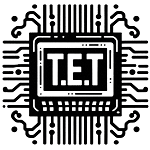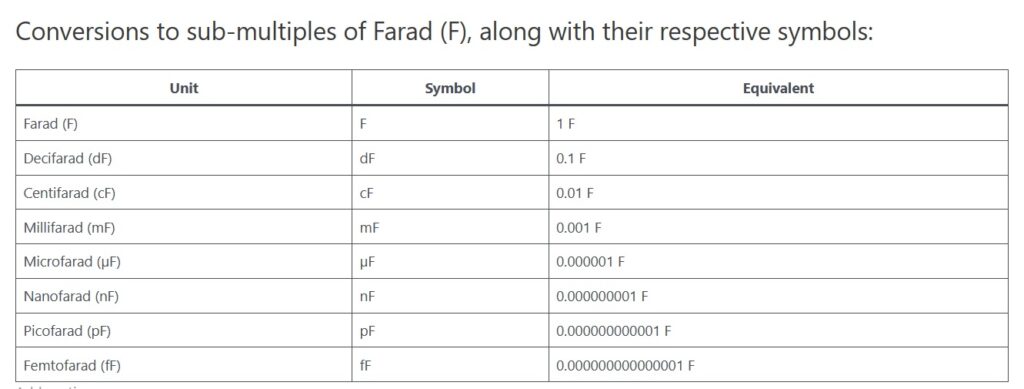Electromagnetism, a fundamental force of nature, governs the behavior of electrically charged particles and magnetic fields. This force, harnessed by humanity for centuries, has led to the development of transformative technologies like transformers, AC and DC motors, and generators. In this article, we’ll delve into the operational principles and real-world applications of these marvels of electromagnetism.
Understanding Electromagnetism: The Force That Shapes Our World
Electromagnetism is the marriage of electricity and magnetism. When an electric current flows through a conductor, it generates a magnetic field around it. Conversely, a changing magnetic field induces an electric current in a conductor. This reciprocal relationship forms the basis of electromagnetism.
Transformers: Powering Our Lives
Transformers are devices that transfer electrical energy between circuits through electromagnetic induction. They consist of two coils of wire wound around a ferromagnetic core. When an alternating current (AC) flows through the primary coil, it creates a changing magnetic field in the core, inducing a current in the secondary coil.
Applications:
- Power Distribution: Transformers step up voltage for long-distance transmission and step down voltage for safe use in homes and businesses.
- Electronics: They are used in adapters and chargers to convert voltage levels.
AC and DC Motors: Driving Motion
Electric motors are devices that convert electrical energy into mechanical energy, operating on the principles of electromagnetism.
AC Motors:
AC motors rely on alternating current to produce a rotating magnetic field. The induction motor, a common type of AC motor, consists of a stationary stator and a rotating rotor. The rotating magnetic field induces currents in the rotor, generating motion.
Applications:
- Industrial Machinery: AC motors power pumps, fans, and conveyor belts.
- Household Appliances: They drive refrigerators, washing machines, and air conditioners.
DC Motors:
DC motors operate on direct current, providing precise speed control and high torque.
Applications:
- Electric Vehicles: DC motors propel electric cars and scooters.
- Robotics: They drive robot arms and manipulators.
Generators: Turning Motion into Electricity
Generators convert mechanical energy into electrical energy through electromagnetic induction. As a rotor spins within a magnetic field, it induces an electric current in coils of wire in the stator.
Applications:
- Power Generation: Generators in power plants produce electricity from various sources such as steam, water, or wind.
- Backup Power: Portable generators provide electricity during emergencies or in remote areas.
Questions and Answers:
Q: How do transformers work, and where are they used?
A: Transformers transfer electrical energy between circuits through electromagnetic induction. They are vital in power distribution networks for adjusting voltage levels and are found in electronic devices for voltage conversion.
Q: What distinguishes AC and DC motors, and where are they employed?
A: AC motors operate on alternating current and are prevalent in industrial machinery and household appliances. DC motors run on direct current and find applications in electric vehicles, robotics, and precise control systems.
Q: How do generators produce electricity, and what are their primary uses?
A: Generators convert mechanical energy into electrical energy through electromagnetic induction. They are essential in power generation facilities and serve as backup power sources in emergencies or off-grid locations.
Conclusion:
Electromagnetism, with its profound influence on our world, has enabled the creation of transformative technologies that power our lives. From transformers regulating electricity flow to motors driving motion and generators producing power, these inventions demonstrate the ingenuity and mastery of electromagnetism in modern engineering. Understanding these principles opens doors to innovation and advancement in various fields, shaping the future of technology and society.


